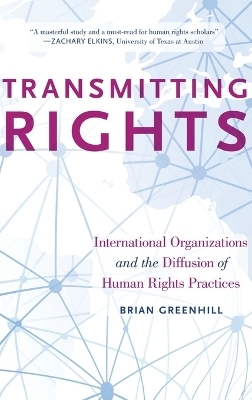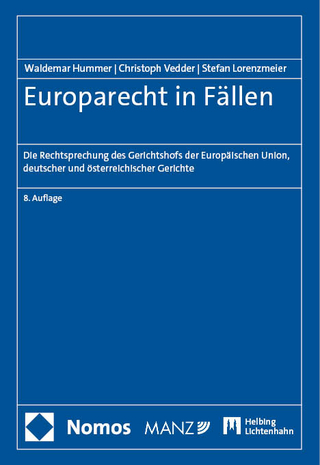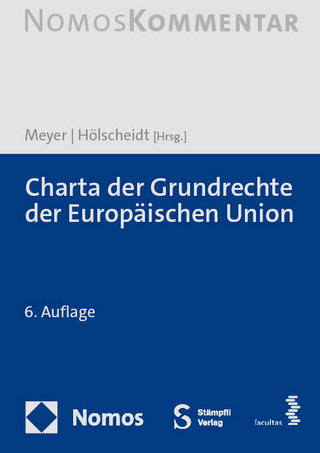
Transmitting Rights
Oxford University Press Inc (Verlag)
978-0-19-027163-3 (ISBN)
When considering the structures that drive the global diffusion of human rights norms, Brian Greenhill argues that we need to look beyond institutions that are explicitly committed to human rights and instead focus on the dense web of international government organizations (IGOs)-some big, some small; some focused on human rights; some not-that has arisen in the last two generations. While most of these organizations have no direct connection to human rights issues, their participation in broader IGO networks has important implications for the human rights practices of their member states. Featuring a rigorous empirical analysis, Transmitting Rights shows that countries tend to adopt similar human rights practices to those of their IGO partners, whether for better or worse. Greenhill argues that IGOs constitute a tightly-woven fabric of ties between states and that this network provides an important channel through which states can influence the behavior of others. Indeed, his analysis suggests that a policy of isolating "rogue" states is probably self-defeating given that this will reduce their exposure to some of the more positive IGO-based influences on their human rights. Greenhill's analysis of the role of IGOs in rights diffusion will not only increase our understanding of the international politics of human rights; it will also reshape how we think about the role of international institutions in world politics.
Brian Greenhill is an Assistant Professor in the Department of Government at Dartmouth College. His primary research interest is in the effects that economic globalization and the continuing development of international institutions have on the development of human rights practices. At Dartmouth he teaches courses on human rights, globalization, international institutions and quantitative methods.
List of Tables
List of Figures
1 Introduction
1.1 Globalization and Human Rights
1.2 IGOs: Some Background
1.3 IGOs as Norm Transmitters
1.4 Empirical Strategy (and plan for the book)
2 Networks of Influence
2.1 Stage 1: Establishing the human rights culture of the IGO
2.2 Stage 2: Defining the IGO context of the state
2.3 Stage 3: Internalizing the Norms
2.4 Next steps: Collecting evidence of diffusion
3 Demonstrating Diffusion
3.1 Introduction
3.2 The Data
3.3 Results
3.4 A Detailed Drill-Down
3.5 Taking Stock
4 State and IGO Characteristics
4.1 Shaping the Human Rights Culture
4.2 IGO Characteristics
4.3 Receiver Effects
4.4 Discussion
5 Gay Rights and Women's Rights
5.1 Variation among Rights
5.2 Data and Methods
5.3 Results
5.4 Discussion
6 Cause or Effect?
6.1 Introduction
6.2 IGOs and human rights conditions
6.3 Methods
6.4 Results
6.5 Discussion
7 Conclusions
7.1 Lessons Learned
7.2 Implications for IR Theory
A Methods Appendix
A.1 Diffusion Simulations
A.2 Cross-Validation
| Erscheinungsdatum | 09.02.2016 |
|---|---|
| Verlagsort | New York |
| Sprache | englisch |
| Maße | 159 x 241 mm |
| Gewicht | 454 g |
| Themenwelt | Recht / Steuern ► EU / Internationales Recht |
| Recht / Steuern ► Öffentliches Recht ► Völkerrecht | |
| Sozialwissenschaften ► Politik / Verwaltung ► Europäische / Internationale Politik | |
| ISBN-10 | 0-19-027163-9 / 0190271639 |
| ISBN-13 | 978-0-19-027163-3 / 9780190271633 |
| Zustand | Neuware |
| Informationen gemäß Produktsicherheitsverordnung (GPSR) | |
| Haben Sie eine Frage zum Produkt? |
aus dem Bereich


